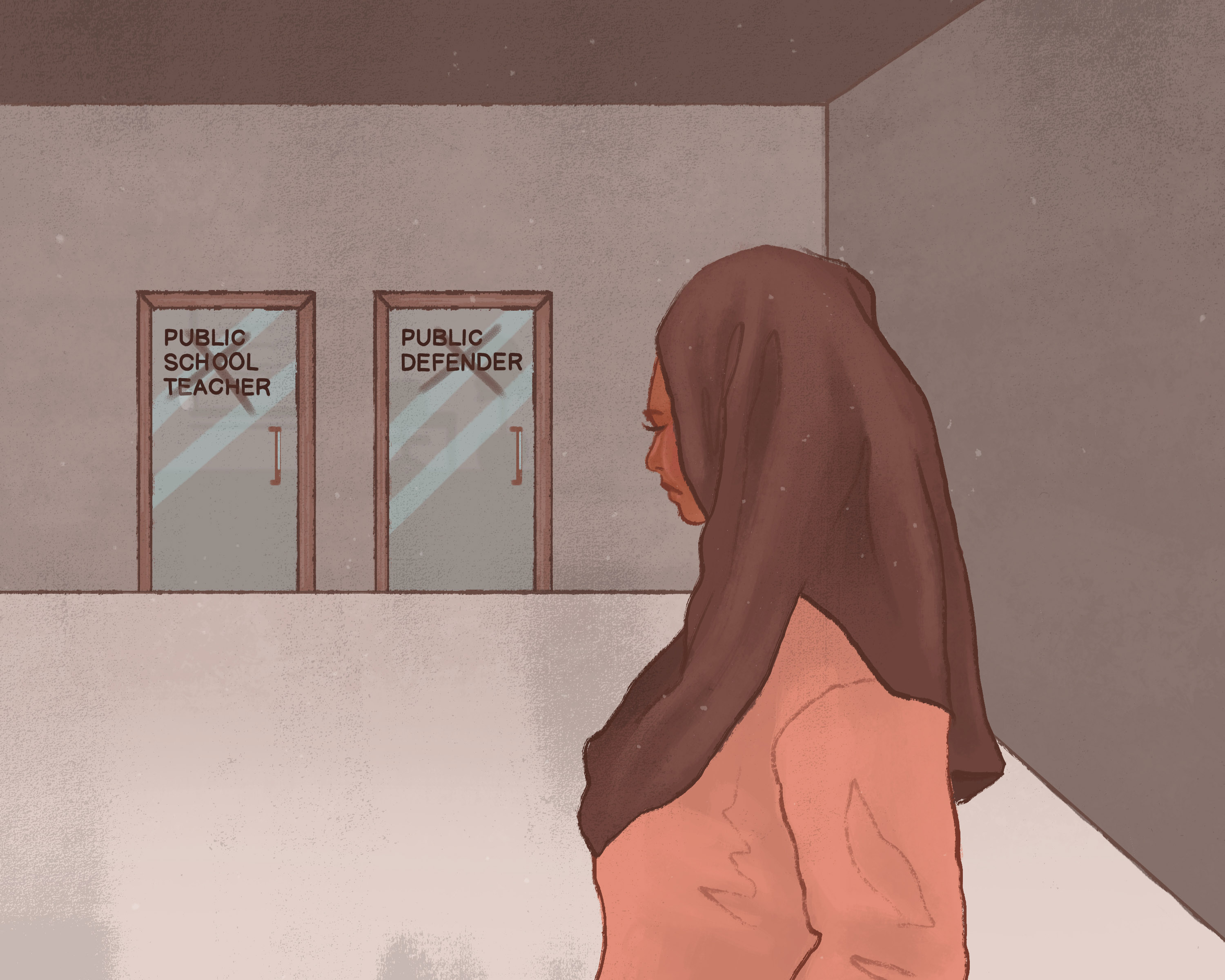Prime Minister Justin Trudeau recently unveiled his new cabinet that will head back to Ottawa, Ont. to work on challenges like housing, mental health, climate change, reconciliation and Canada’s pandemic recovery, to mention a few. The 38-member executive body maintained gender parity by naming women to major departments such as finance, defence and foreign affairs. But Trudeau’s selections have been met with scrutiny due to the lack of ethnic representation of racialized groups, especially women of colour.
Canada’s Governor General Mary May Simon proceeded the swearing-in ceremony for the new Liberal cabinet. Some promotions caught pundits’ attention. The new Minister of Environment and Climate ChangeSteven Guilbeault was placed in the centre of the media’s storm. Before being involved in politics, Guilbeault co-founded and directed various environmental activism organizations, outspokenly opposed the construction of pipelines and was arrested after climbing Toronto’s CN Tower while trying to raise awareness of climate change. Guilbeault clarified he has no hidden ministerial agenda and said the primary plan to fight the climate emergency has already been laid out transparently. But critics like Alberta Premier Jason Kenney and Conservative party leader Erin O’Toole continue to push back against the new appointment.
Guilbeault was not the only shuffle in the cabinet that stood out. After mishandling the sexual misconduct crisis in the military, former minister of national defence Harjit Sajjan was moved to minister of international development. The change comes after recurring calls from the opposition for Sajjan’s resignation. In his place, former minister of public services and procurement Anita Anand will serve as the second woman to ever hold the ministry of national defence. Anand, who led the efforts to procure COVID-19 vaccines, “vowed to work to ensure that the armed forces operate in a safe and healthy environment.”
The appointment of Marc Miller to lead the Crown-Indigenous relations was also promising. Indigenous leaders welcomedMiller’s promotion but remarked the federal government needs to continue building trust. After being sworn in, Miller promised to continue meeting with residential school survivors, eliminate the systemic racism in governmental institutions and repair relations withIndigenous peoples by working toward giving land back. Miller’s appointment comes at a pivotal time for federal-Indigenous relations considering the federal government is set to appeal the Indigenous child welfare court ruling, which could force the federal government to pay billions of dollars toIndigenous children and their families for damages done by unequal access to child-welfare benefits.
Despite these promising appointments, ethnic diversity among cabinet members is evidently lacking. More than one-fifth of the Canadian population is made up of people of colour and this is set to increase to one-third by 2036. Trudeau’s new gender-balanced cabinet only includes four women of colour — half of which were given low-profile positions with less political influence. Further, only one Indigenous minister and one minister of Latin-American descent were appointed.
Inclusion and diversity should have been prioritized in the highest executive body in the country. It is the smallest initiative the government could have taken to address systemic racism. More than 50 per cent of Canadians believe racism is inherently intertwined with governmental bodies. Further, 73 per cent of women believe gender equality has yet to be achieved. A gender-balanced cabinet is not enough — people of colour need to be represented, too.
Though the strategic positioning of ethnically diverse ministers such as Pablo Rodriguez in the department of Canadian Heritage, DanVandal in Indigenous and northern affairs and Marci Ien in women and gender equality and youth is indisputably important, it is imperative to shine a light on the importance of representation. Unfortunately, the current cabinet does not represent the ethnic and racial diversity of Canada. Cabinet building should not only create parity among groups but should give these groups an influential voice at the table. This would allow decision-making to be based on the necessities of all Canadians rather than just a few.




